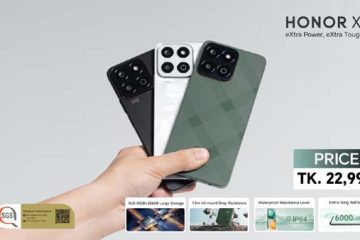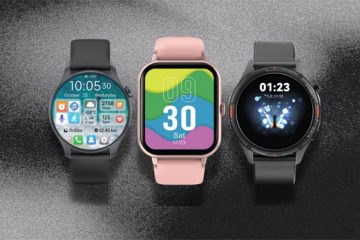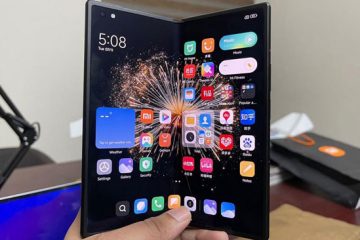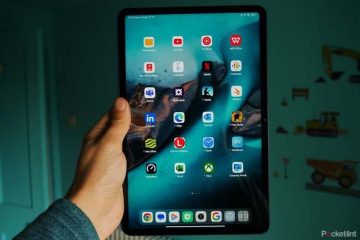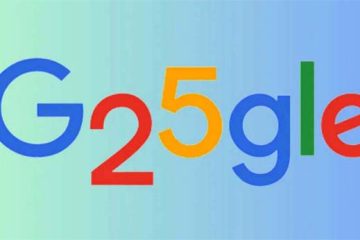This computer rivalry has been elevated to a cultural divide on par with Pepsi versus Coke. Apple’s popular commercials have painted the picture in stark terms: There are two types of people, Mac people and PC people. And if the marketing is to be believed, the former is a hip, sport-coat-and-sneakers-?wearing type of guy who uses his computer for video chatting, music mash-ups and other cool, creative pursuits that starchy, business-suited PC users could never really appreciate unless they tried them on the slick Apple interface. Then again, Windows PC enthusiasts probably think that Mac guy is a smug slacker with an overpriced toy that can’t do any serious computing anyway. Funny thing is, both stereotypes are wrong. It has a 7.5 percent market share. And now, more than ever, the guts of both platforms are remarkably similar. Both types of machines use Intel processors (although some PCs can be configured with processors from AMD). Both buy memory, hard drives and graphics cards from the same small pool of suppliers.
The underlying operating systems have distinctly different flavours, but in terms of functionality, Microsoft Windows Vista and Mac OS X Leopard have surprisingly similar built-in multimedia, Internet and productivity applications.
Yet what makes the platforms feel so dissimilar is their approaches to these applications. Internet Explorer versus Safari, Windows Media Center versus Front Row, Photo Gallery versus iPhoto, Backup and Restore Center versus Time Machine-these system components from Microsoft and Apple are designed to accomplish essentially the same goals. To users, however, the position and movement of the virtual knobs and levers make all the difference.
These things are largely matters of preference and style, but you can still make a reasonable attempt to quantify them, and we did. We tested two all-in-one desktops and two laptops-one Mac and one PC per category-and assembled a panel of testers with a range of experience and preference that ran the gamut from expert users to my wife’s stepfather, who, by his own account, had never actually turned on a computer. Our testers were asked to set up the computers right out of the box and explore the machines through everyday tasks such as Web surfing, document creation, uploading photos, downloading Adobe Acrobat files and playing music and movies through Media Center and Front Row (the entertainment software suites integrated into Vista and Leopard, respectively). Our testers were instructed to divorce themselves as much as possible from their previous technological preferences and rate their experiences with each computer’s software and hardware.
Usability surveys are like taste tests-a useful look at the subjective appeal of a device. (Is it fun? Is it easy? Would I be happy to live with this thing?) But beneath their packaging, computers are data-crunching machines that can be run like racehorses. So the second component of our test regimen was about pure performance.
Our computers were closely matched, but in the interest of full disclosure, we’ll spit out the caveats: The Gateway One PC had a processor that runs 400 MHz slower than its iMac competitor (not a heck of a difference in this age of dual-core chips), but it also had two extra gigabytes of DDR2 memory. In the laptop category, our Asus M51 had a 2.2 GHz processor, compared to 2.4 GHz for our MacBook. But the Asus had a larger screen, a more sophisticated graphics card and an extra gig of RAM.
All that extra RAM may seem to give an advantage to the PCs. Vista, however, is a noted memory hog, so throwing more RAM into PC computers is probably less of a perform?ance booster for manufacturers than it is a new baseline hardware specification.
Before we pulled out our stopwatches, we turned to two industry-standard, cross-platform benchmarking tools-Geekbench from Primate Labs and Cinebench from Maxon-to get third-party results. We ran both benchmarking programs on our Mac and PC desktop and laptop computers before our testers got their dirty little hands on the equipment to ensure that no confounding software could poison the results.
These benchmarks are reliable indicators of performance, but the numbers feel somewhat meaningless to ordinary users. Which is why we created our own suite of tests to meas?ure the speed of everyday tasks. We logged boot-up and shutdown times, and launch times for the Internet browser and media player built into each operating system, as well as for common applications such as Microsoft Word and Adobe Photoshop. We tested how long it took for each computer to rip a CD and install a few big software suites. The laptops were forced to play the longest movie we could find (Saving Private Ryan-2 hours, 49 minutes) until they wheezed, sputtered and shut down. Finally, we put all four computers through a stress test. We ran three video sources (a YouTube clip, a DVD and an .avi file), DivX encoding, instant messaging, Word, Adobe Acrobat and a spyware scan simultaneously-then retimed our launch of Photoshop.
The results gave us a clear winner in the performance categories, but the big surprise was how little difference we found in user preferences. Turns out, both platforms are capable and easy to use, but only one was the victor.

